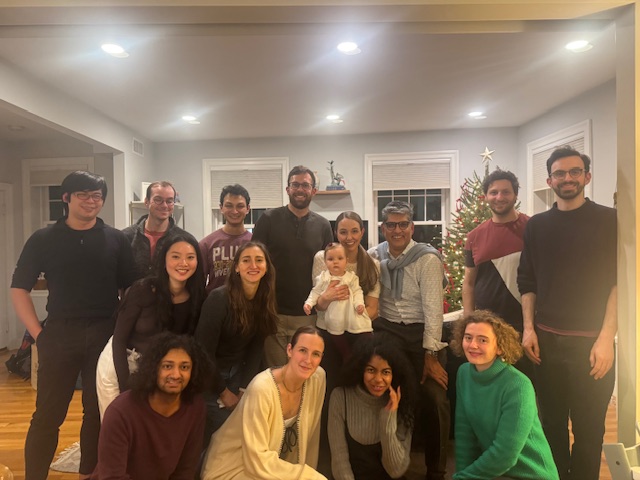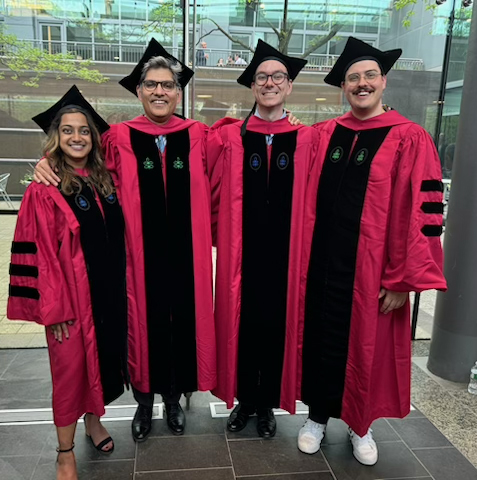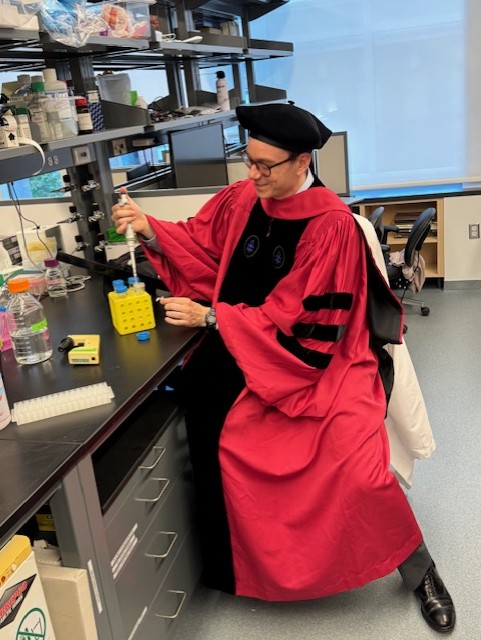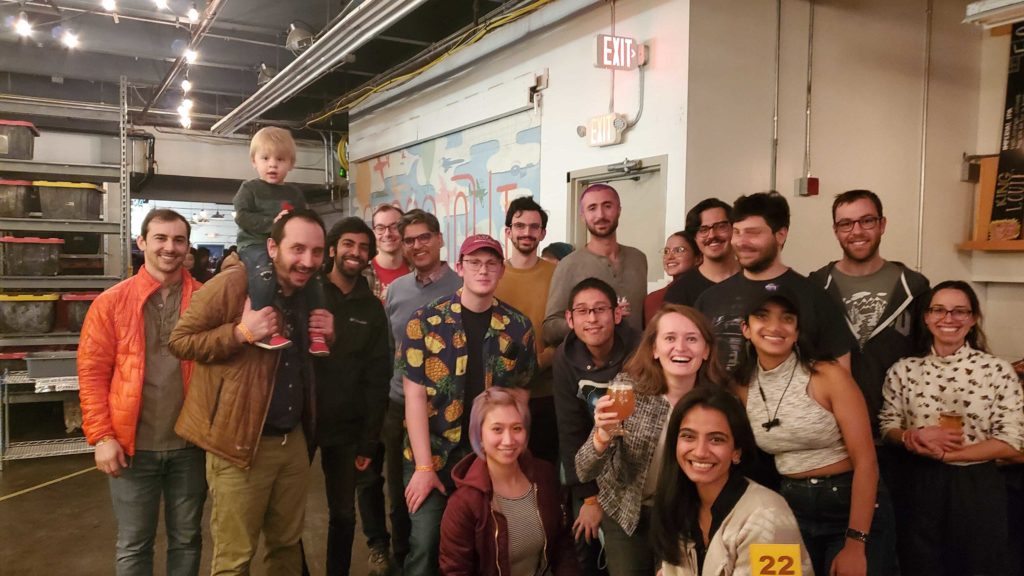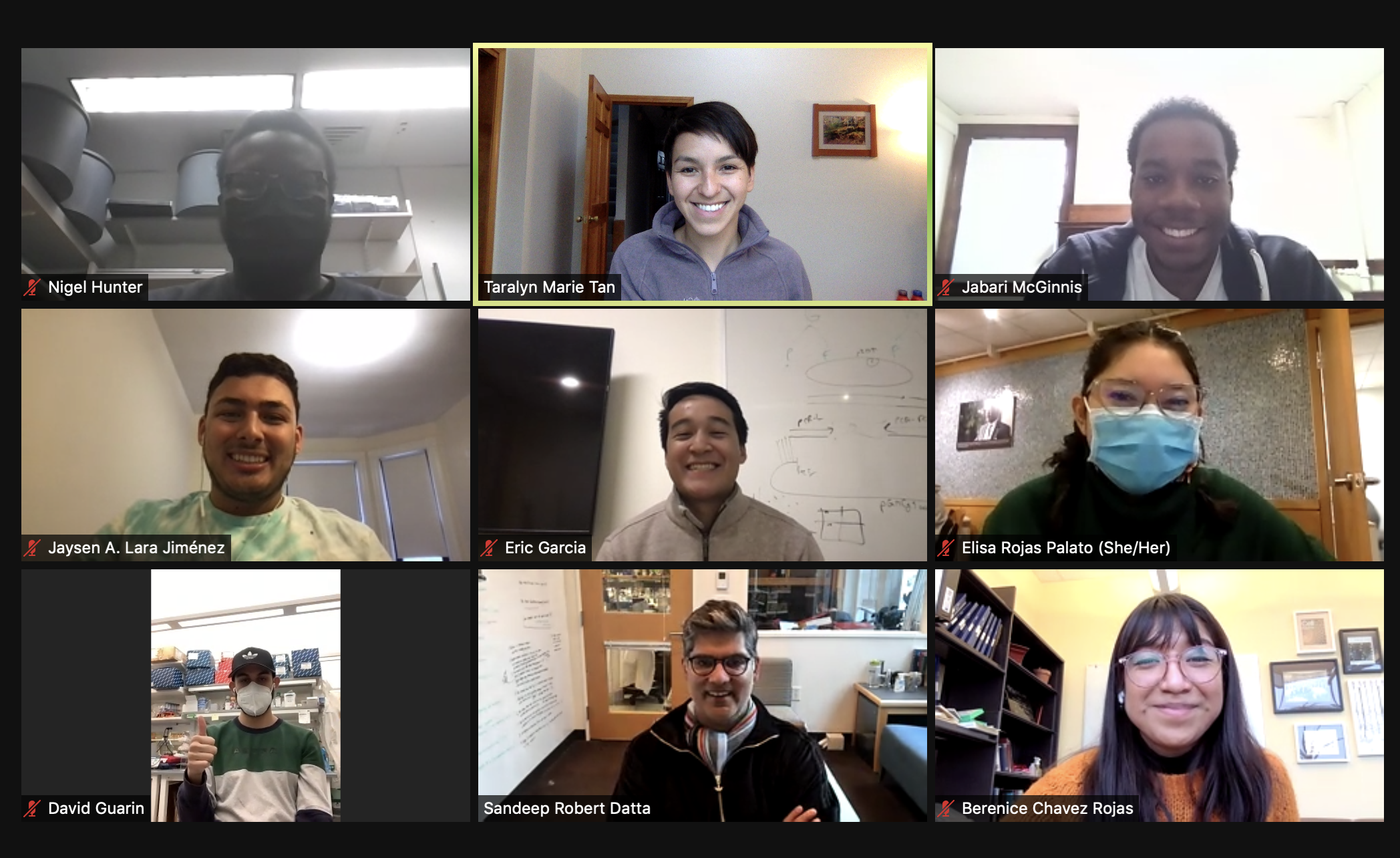A major mystery in sensory neurobiology relates to the missing map for olfaction. All of our other senses have peripheral maps, like the map of visual space in the retina, and the frequency map in the cochlea. The existence of these peripheral maps supports the generation of e.g., the retinotopic map in V1, the tonotopic map in A1. But olfaction……not so much. In fact, for the last 30 years, since the cloning of the receptors, the main model in the field has been that each mature olfactory sensory neuron in your nose randomly chooses which of 1000 receptors to express. This randomness means there is no map.
Until now. David Brann in the lab has used a combination of single cell methods, spatial transcriptomics and a lot(!) of incredible work and thinking to reveal a structure and stereotyped map of odor receptors in the nose, and an associated molecular logic that aligns odor maps in the nose and the brain. Check it out here: https://www.biorxiv.org/content/10.1101/2025.05.02.651738v1
